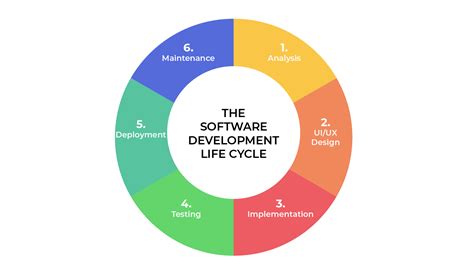Software development is a multifaceted world where the balance between client demands and code quality often becomes a delicate dance. The comments from industry professionals shed light on the challenges faced by developers, such as navigating legacy codebases and managing technical debt.
One key theme that emerges from the discussions is the tension between delivering visible features quickly to please clients and investing in behind-the-scenes improvements for long-term success. The story of a senior engineer overhauling a monolithic codebase while facing resistance from a founder highlights the struggle to prioritize technical excellence over immediate demands.
The debate around software architecture and project management practices reflects a broader conversation within the industry. The adoption of Agile methodologies like Scrum aims to address the need for flexibility and customer feedback in the development process. However, as highlighted by commenters, even Agile approaches can fall short when faced with entrenched organizational cultures or unreasonable client expectations.
A recurring topic in the comments is the importance of clear requirements and robust specifications in software development. While Agile advocates for early user feedback and iterative development, there is also a call for structured planning and systems-level thinking to avoid costly rework and inefficiencies. The need for a balance between adaptability and pre-planning is a central theme in the quest for software success.
Beyond the technical aspects of software development, the influence of organizational dynamics and leadership styles on project outcomes is a crucial consideration. Comments highlighting the impact of management decisions, company culture, and the role of executives in shaping software development practices underscore the interconnected nature of technology and business.
Exploring the intersection of software engineering with fields like project management, architecture design, and user experience, it becomes evident that successful software development requires a holistic approach. By acknowledging the diverse perspectives and challenges faced by developers, stakeholders, and end users, we can strive to create software solutions that not only meet immediate needs but also stand the test of time.
As the software industry continues to evolve, the lessons learned from real-world experiences and collaborative discourse offer valuable insights for both seasoned professionals and aspiring developers. Embracing a mindset of continuous improvement, adaptability, and a focus on quality can help navigate the complexities of modern software development and pave the way for innovative, sustainable solutions.


Leave a Reply